Can’t Sleep? A Sleep Coach’s Guide to Finally Shutting Your Brain Off
I’ve spent years helping people who were convinced a good night’s sleep was just a memory. They’d show up completely drained, frustrated, and honestly, pretty anxious about the sun going down. They had tried it all—counting sheep, warm milk, you name it. But here’s the secret: falling asleep isn’t about some magic trick. It’s about learning to work with your body, not against it.
In this article
So many of us think we’re just “bad sleepers.” But usually, that’s not the case at all. You’re likely just caught in a vicious cycle where the fear of not sleeping is the very thing keeping you wide awake. The most effective methods out there, many of which are part of a gold-standard psychological approach for insomnia, focus on shifting your habits and, more importantly, your thoughts around sleep. This isn’t a band-aid solution. It’s about building a skill that lasts. Let’s get into how it all works.
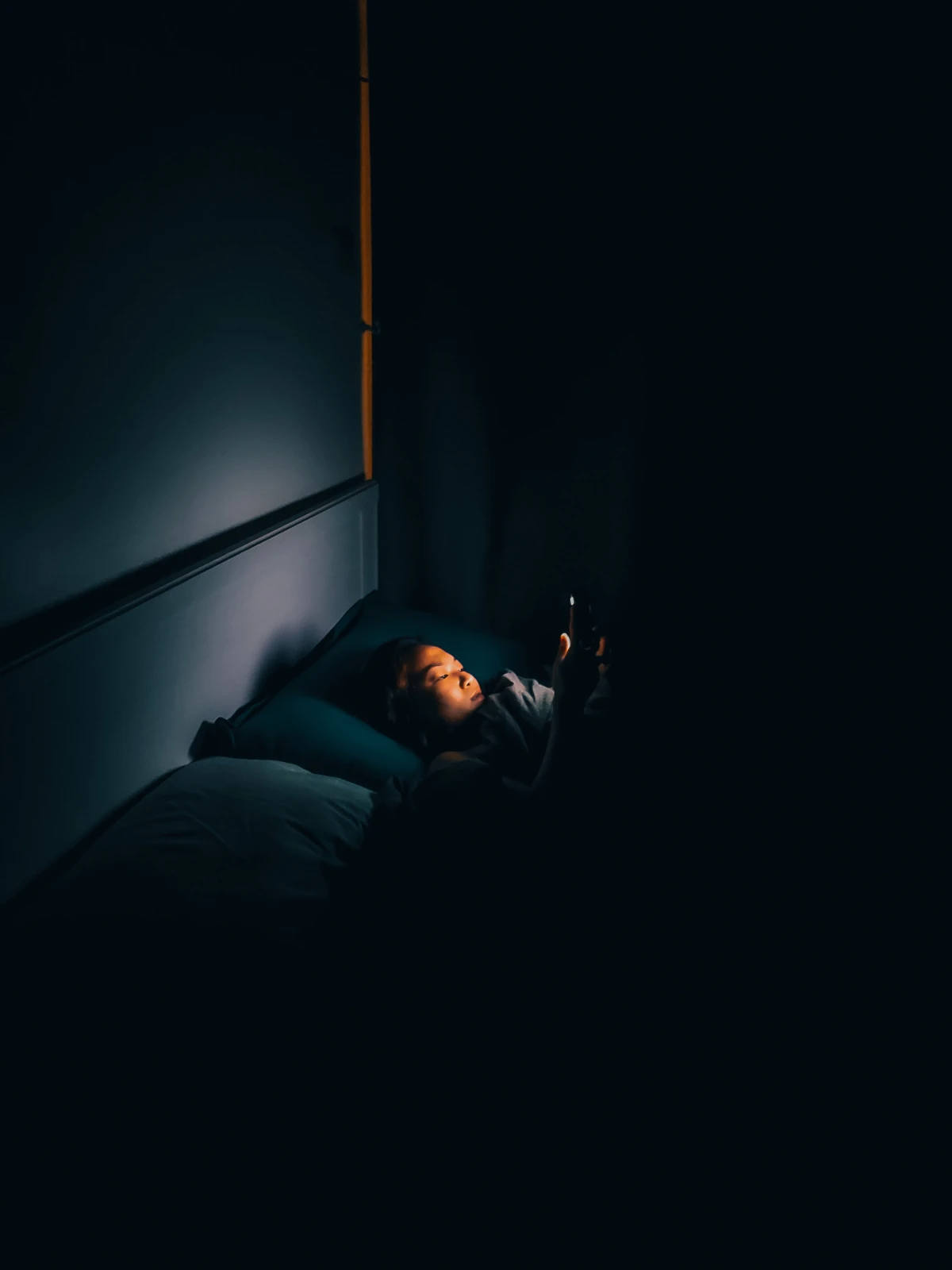
Your Brain’s Two Sleep Switches
To get a handle on sleep, you have to understand what’s driving it. Your body has two main systems running the show, and when you know how to manage them, the mystery of sleeplessness disappears.
Sleep Pressure: The Longer You’re Up, The Sleepier You Get
First up is what the pros call the homeostatic sleep drive. Just think of it like a pressure cooker. From the moment your eyes open in the morning, your brain starts building up a chemical called adenosine. All day long, this pressure builds and builds, creating that feeling of getting tired. The longer you’re awake, the more pressure you have, and the stronger your need for sleep becomes. When you finally sleep, your brain gets to work clearing out all that adenosine, resetting the pressure for the next day. By the way, this is exactly why a long nap late in the day can sabotage your bedtime—it releases too much of that precious sleep pressure you’ve been building up.
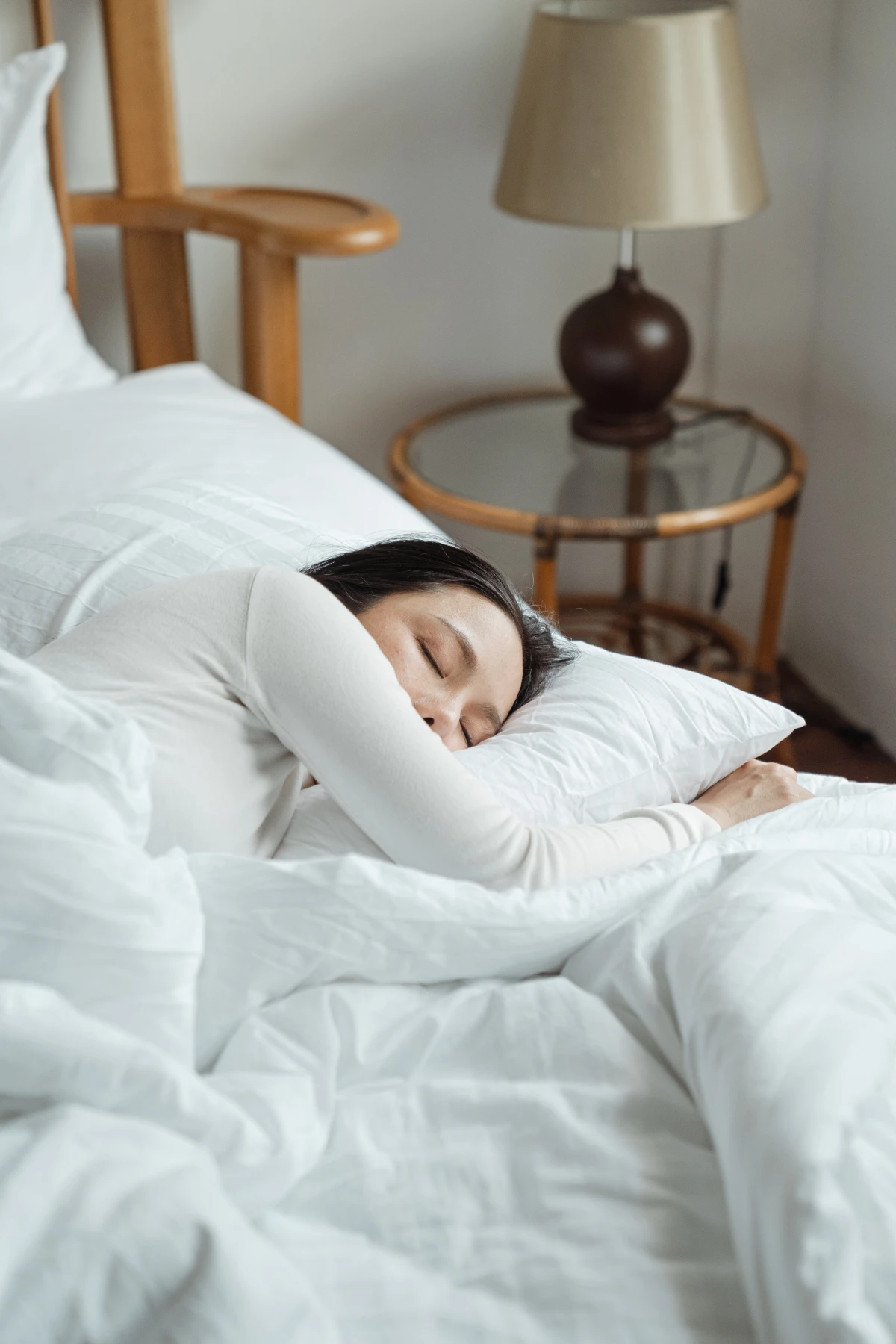
The Body Clock: Your Internal Schedule Keeper
The second system is your circadian rhythm. This is your body’s internal 24-hour clock, and its number one boss is light. When light hits your eyes—especially blue light from the sun or, you guessed it, your phone—it tells your internal clock it’s daytime. This puts the brakes on melatonin, the hormone that gets your body ready for sleep. Then, as it gets dark, your brain gets the signal to start producing melatonin, telling every cell in your body it’s time to wind down. A consistent schedule of bright light in the morning and darkness at night is the most powerful way to keep this clock running on time.
When these two systems are in sync, falling asleep feels easy and natural. The trouble starts when they get out of whack. Ever wonder why it’s so hard to fall asleep on a Sunday night? If you sleep in on the weekend, you’re shifting your body clock and you’re not building up enough sleep pressure for your usual bedtime.
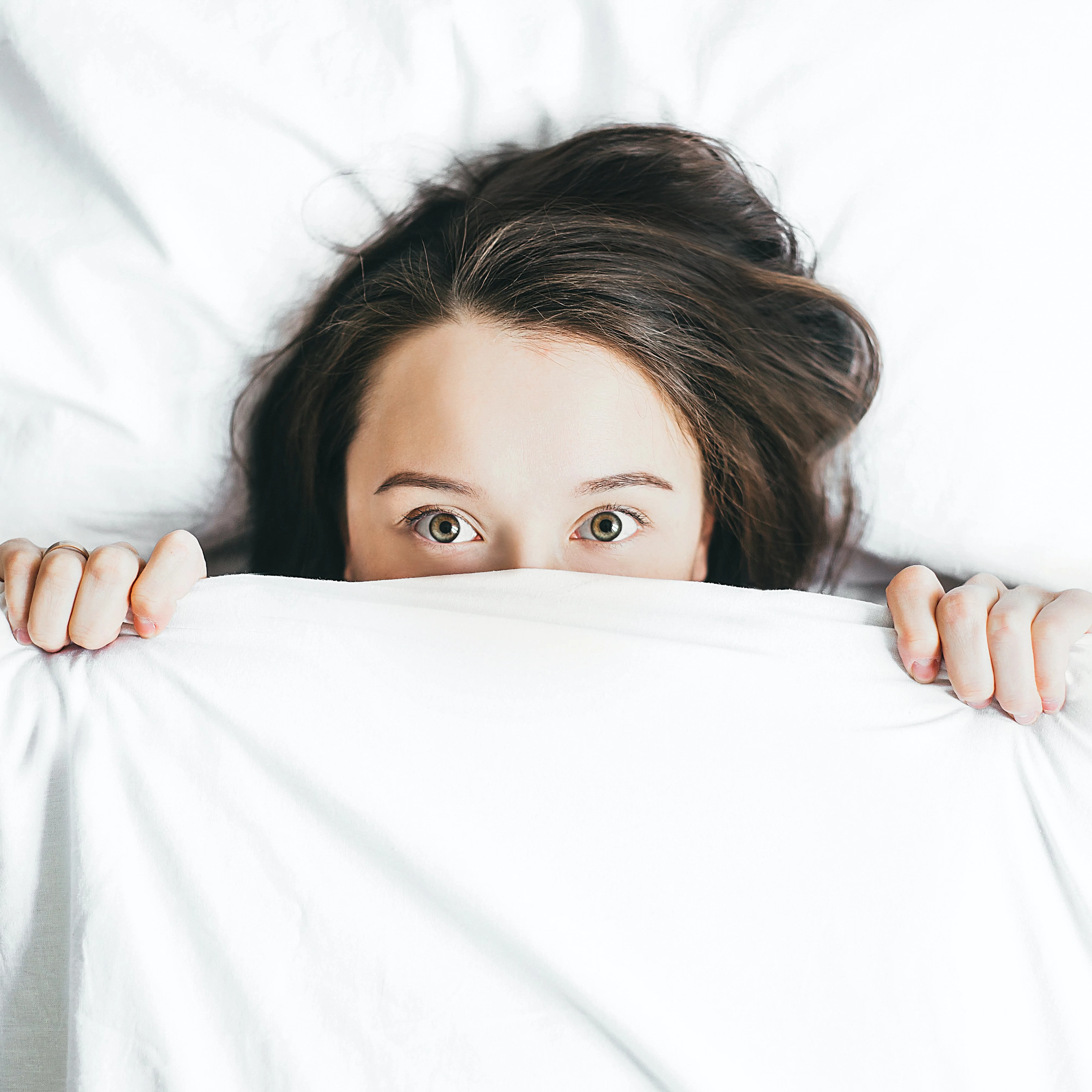
Setting the Stage: Your Sleep Foundation
Before we even get into the mental tricks, you have to get your environment right. Your bedroom needs to be a sanctuary for sleep, period. I always tell people the bed is for two things: sleep and intimacy. When you start working, doom-scrolling, or eating in bed, you’re sending your brain mixed messages and weakening that all-important bed-sleep connection.
Get Your Room Temperature Right
This is a big one. To kick off the sleep process, your body’s core temperature needs to drop by about 2 or 3 degrees. This temperature drop is a key trigger for melatonin release. If your room is too warm, you’re fighting your own biology.
Most sleep labs keep their rooms between a cool 60-67°F (that’s about 15-19°C). Find what feels comfortable for you in that range. Heads up! Your bedding matters, too. A thick memory foam mattress or a heavy comforter can trap a ton of heat, completely undoing the benefit of a cool room. Look for breathable materials like cotton, bamboo, or linen.
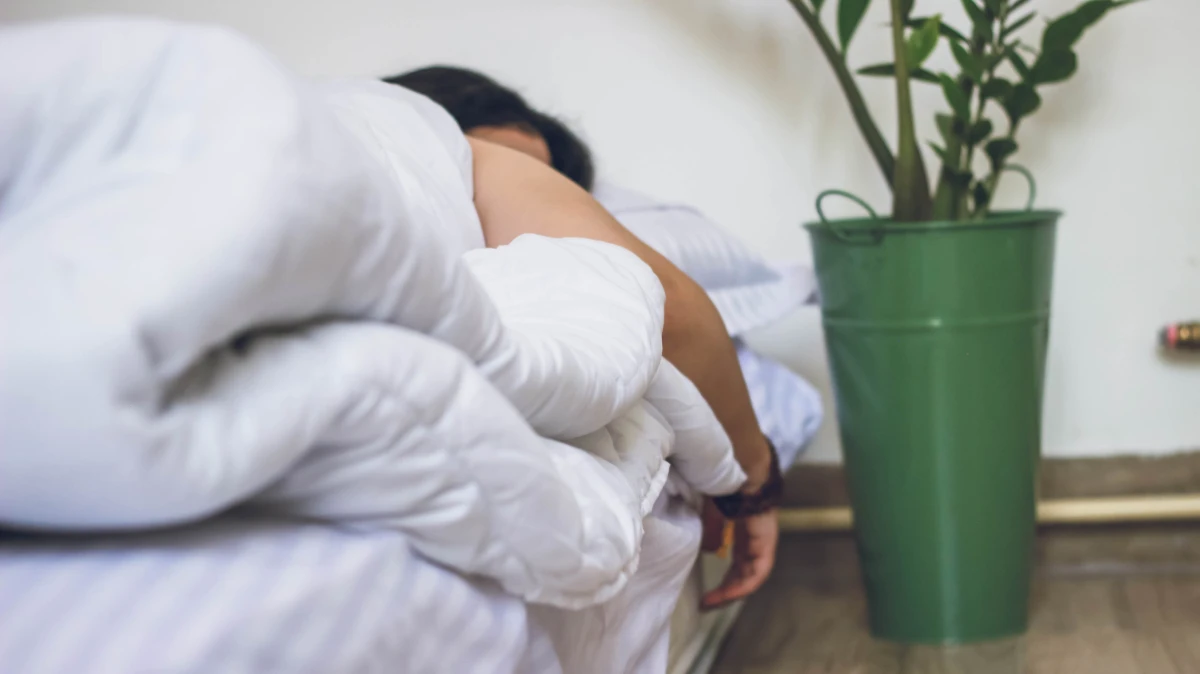
Feeling overwhelmed? If you do ONE thing tonight, just turn your thermostat down 2 degrees. That’s it. See how it feels.
Quick Tip: A warm bath or shower about 90 minutes before bed can work wonders. It sounds backward, but it’s not. The warm water raises your body temp, and when you get out, the rapid cool-down mimics the natural temperature drop your body needs for sleep.
Become a Master of Light and Darkness
Light is the most powerful signal for your body clock. The problem is, we’re surrounded by artificial light that’s constantly confusing our brains. The blue light from our screens is especially tricky because it’s on the same wavelength as the sun.
- Your Evening Wind-Down: I strongly suggest a “digital sunset” at least an hour before you want to be asleep. That means all screens off. If you absolutely must use a device, slap on some blue-light-filtering glasses (they can run you anywhere from $20 to $80 online) or use a filter app. Better yet? Switch to reading a physical book under a dim, warm-colored lamp.
- Make Your Room a Cave: Your bedroom should be as dark as humanly possible. I’m talking blackout curtains, which you can find for between $30 and $100 depending on size and quality. A good sleep mask works too. A common mistake is ignoring the tiny lights. Put a piece of black electrical tape (a $2 fix!) over every single LED on your TV, power strips, and chargers. It can make a huge difference.
- Morning Light is Key: Just as important as darkness at night is bright light in the morning. Try to get at least 15 minutes of direct sunlight within an hour of waking up. It locks in your body clock for the day. If you live somewhere with dark winters or don’t have great window access, a light therapy lamp (often called a SAD lamp) can be a great investment for about $40 to $150.

What to Do About Noise
Sound is super personal. Some people need silence, while others find it deafening. The goal is a consistent soundscape that masks any sudden, jarring noises that could pull you out of sleep.
You’ve probably heard of white noise, but there are a couple of other options. Here’s a quick rundown:
- White Noise: This contains all sound frequencies at once, kind of like an old-school TV static sound. It’s great for masking sharp noises.
- Pink Noise: This one is a bit more balanced and natural-sounding, like steady rain or rustling leaves. Some people find it more soothing than the hiss of white noise.
- Brown Noise: This is the deepest of the three, with a low, rumbling quality like a strong waterfall. Honestly, a lot of people find this one the most relaxing.
You can get a dedicated machine for $20 to $100, but there are also plenty of free apps and YouTube videos. Experiment and see what works for you. From my own experience, I found the generic white noise machines irritating. The sound was too mechanical. I eventually landed on a low-volume ambient music track—no lyrics, no real melody—and it was a game-changer.
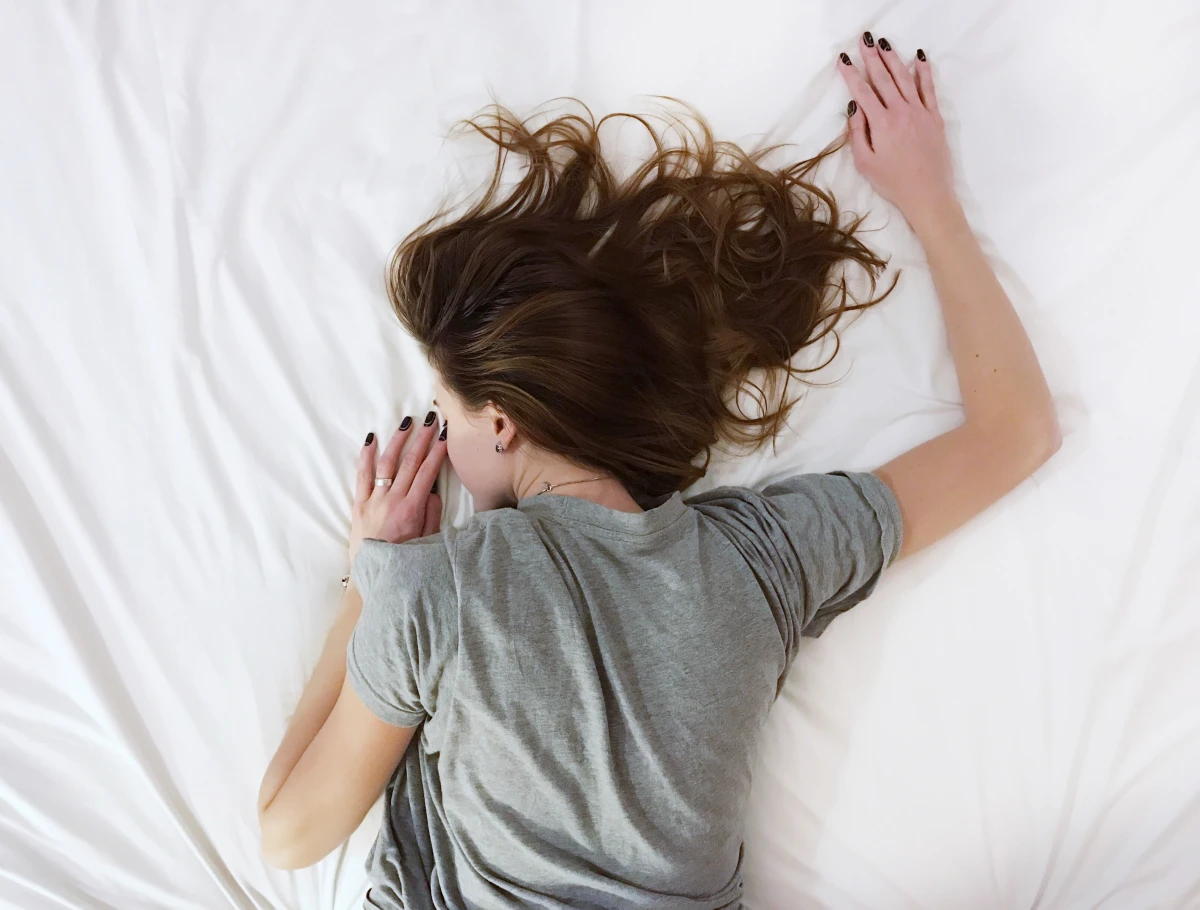
Relaxation Skills to Calm Your System
When you’re lying in bed with your mind racing, your “fight-or-flight” system is in overdrive. Your heart is pounding, your muscles are tense… you’re on high alert. These techniques are designed to manually flip the switch to your “rest-and-digest” system. And yes, it’s a skill that takes a little practice.
The 4-7-8 Breathing Technique
This is a powerful tool for calming a frantic nervous system. It basically forces your heart rate to slow down.
Here’s how you do it. Place the tip of your tongue against the ridge of tissue just behind your upper front teeth and keep it there. Now, exhale completely through your mouth with a whoosh sound. Close your mouth and inhale quietly through your nose for a count of four. Hold that breath for a count of seven. Then, exhale completely through your mouth with another whoosh sound for a count of eight. That’s one full breath. Repeat it three more times.
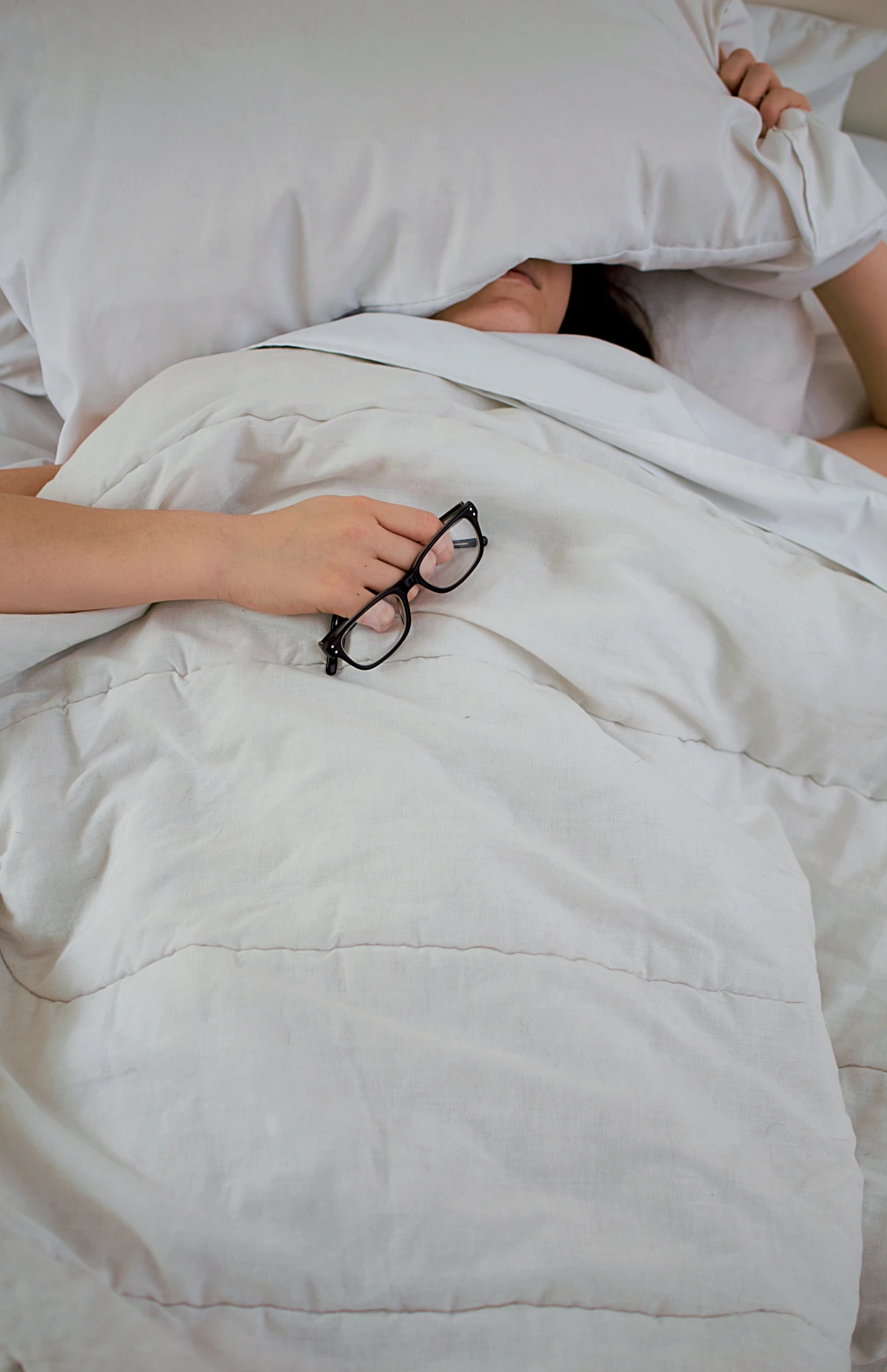
My advice? Practice this during the day when you’re already calm. If you only pull it out when you’re panicking at 2 AM, it can feel like just another thing you’re failing at. Make it a familiar habit, and it’ll be there for you when you need it.
Progressive Muscle Relaxation (PMR)
This is one of my favorite techniques to teach because it’s based on a simple fact: you can’t be physically relaxed and mentally anxious at the same time. PMR involves tensing and then releasing different muscle groups, one by one.
Lie on your back and get comfortable. Let’s try it right now. Start with your feet. Take a deep breath in and curl your toes, tensing the muscles in your feet for five… four… three… two… one… Now, as you exhale, release all that tension completely. Just let your feet go limp. Notice that warm, heavy feeling? That’s what you’re looking for. Pause for a few seconds, then move up to your calves and do the same thing. Continue this process all the way up your body: thighs, stomach, hands, arms, shoulders, and even your face (clench your jaw, squint your eyes, then release).
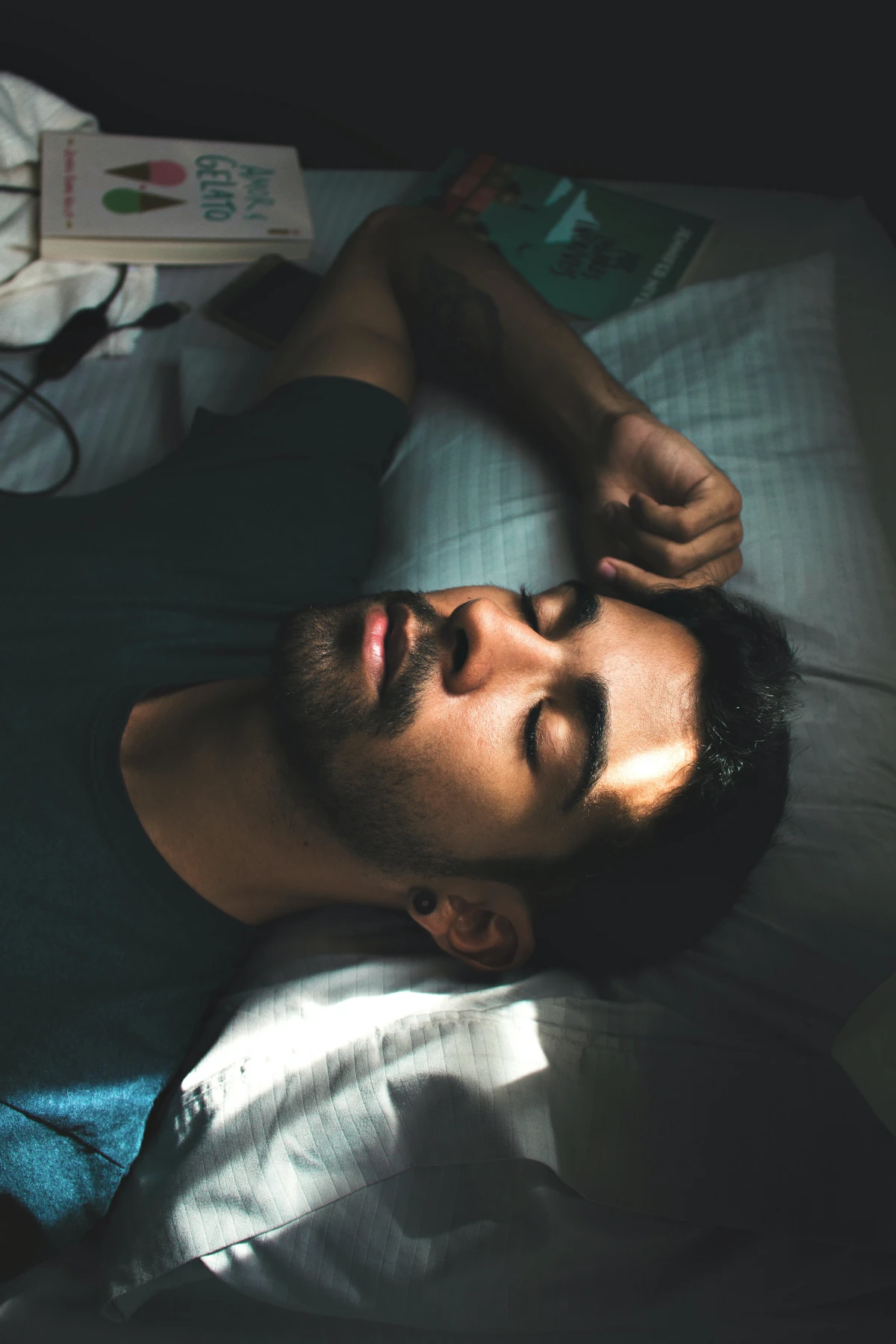
The whole point is to focus on the amazing sensation of release. By the end, your body will feel heavy and grounded, sending a powerful signal to your brain that it’s safe to power down.
Taming a Racing Mind
Okay, let’s talk about the real beast: the racing mind. For so many of us, this is the core issue. A proven approach is to change the behaviors and thoughts that fuel the anxiety.
The 20-Minute Rule
This is probably the most important—and toughest—piece of advice. If you’ve been in bed for what feels like 20 minutes and you are not asleep, you have to get up. Go to another room with dim lighting and do something incredibly boring. Read a user manual, fold laundry, listen to some quiet instrumental music. Don’t you dare turn on bright lights or look at your phone!
So, how do you know it’s been 20 minutes without looking at a bright clock? Honestly, just guess. It’s not about the exact time; it’s about the feeling of being awake and frustrated in bed. If you need a clock, get a cheap digital one with a dim red display and face it away from you.
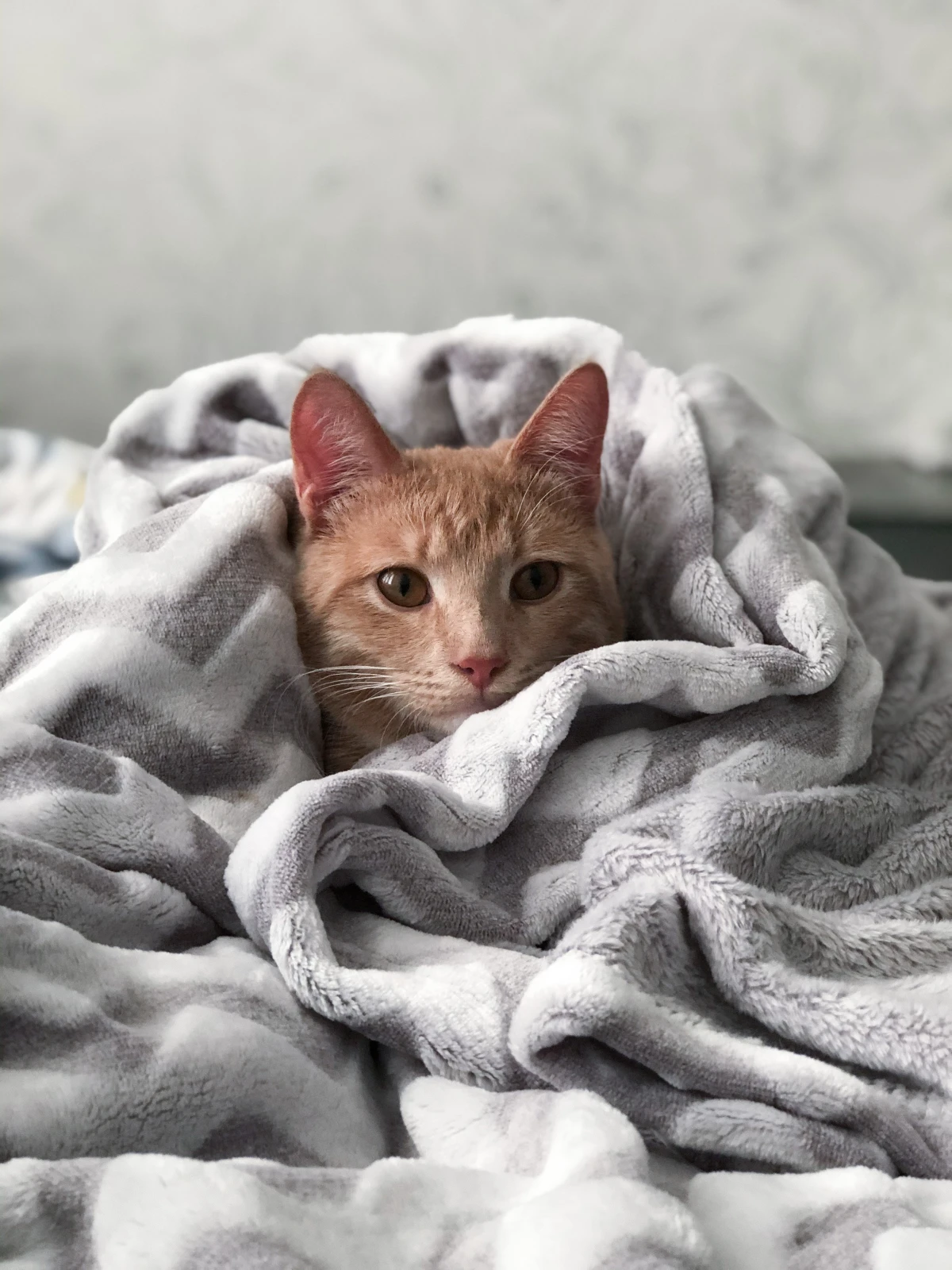
The reason this works is all about association. If you lie in bed tossing and turning for hours, your brain learns that your bed is a place for anxiety. Getting up breaks that connection. You’re retraining your brain: Bed = Sleep. Only return to bed when you feel genuinely sleepy. I’m not gonna lie, the first few nights can be rough. I used to be the person who would just lie there getting more and more angry. It took me about a week of consistently getting up before my brain finally got the message. Be patient. It works.
Schedule Your Worry Time
If your brain treats bedtime like a prime-time slot for all your anxieties, you need to give it another venue. Try scheduling 15 minutes of
Inspiration:
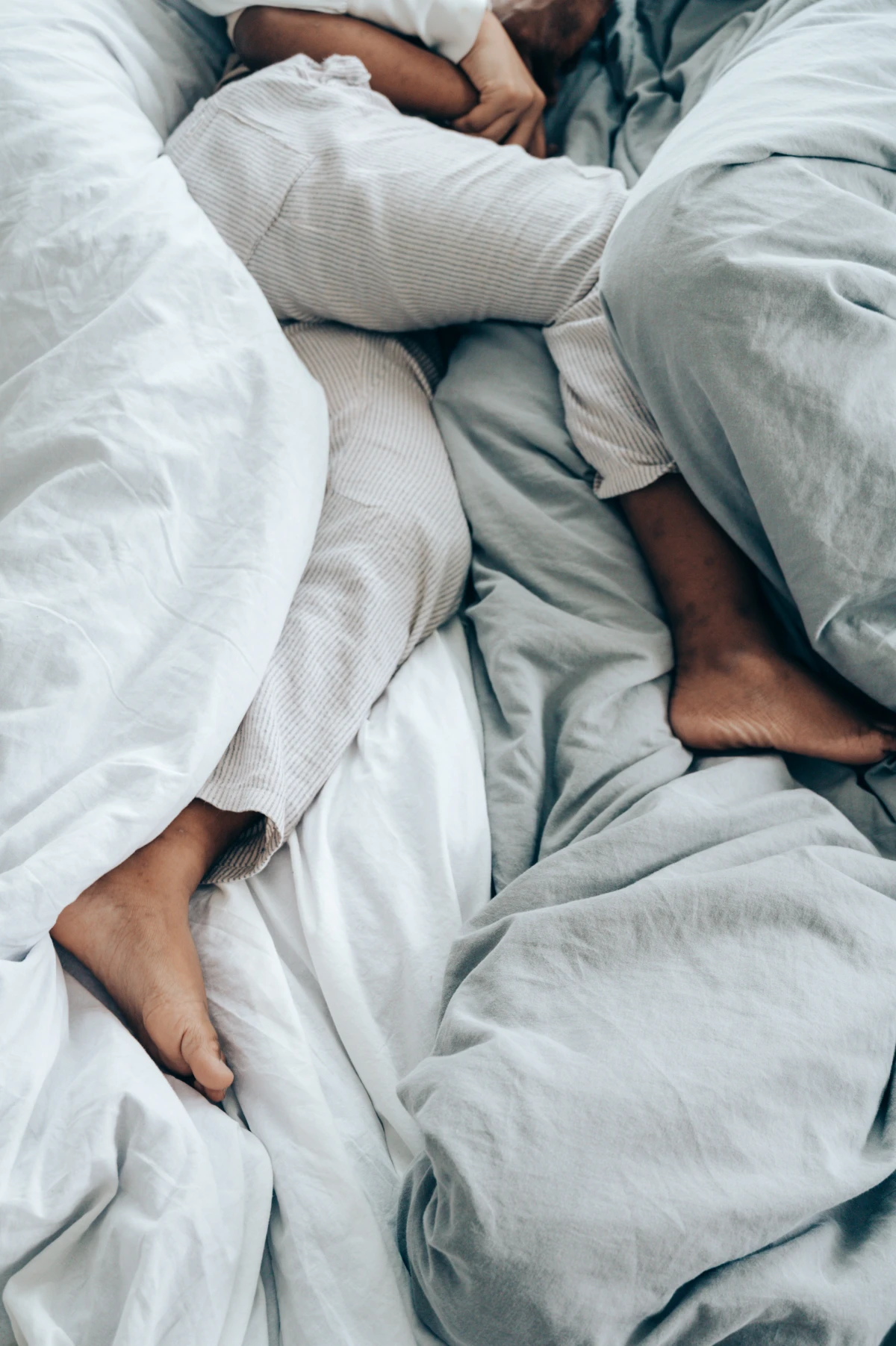
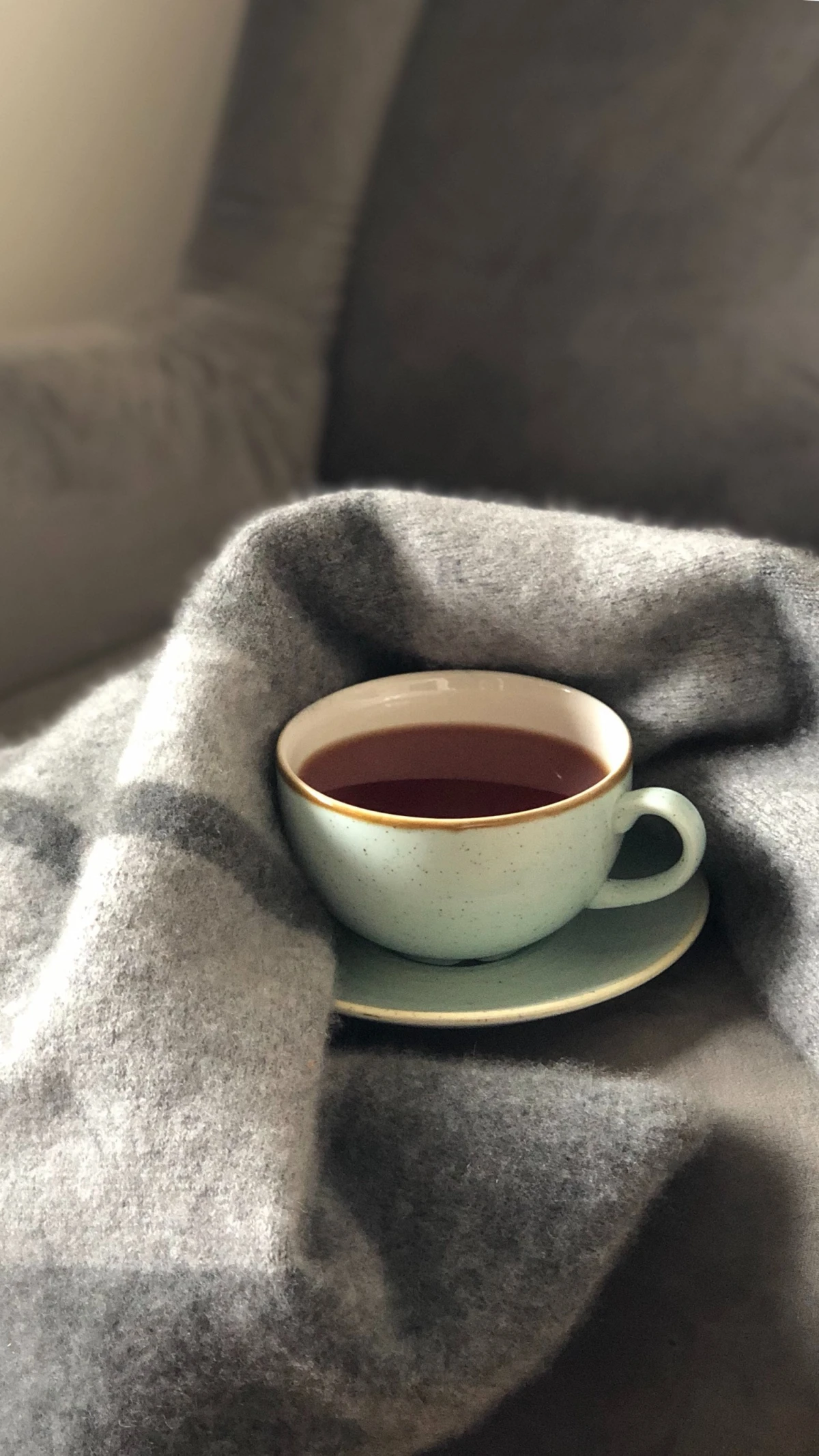
Waking up in the middle of the night and immediately checking the clock?
This common habit can be your sleep’s worst enemy. Each time you glance at the time, you trigger a mental calculation: “I’ve only been asleep for two hours,” or “I have to be up in three hours.” This instantly spikes cortisol and adrenaline, yanking you out of a sleepy state and into an anxious one. The simple, non-negotiable solution: turn your clock around or place your phone face down across the room. The goal is to detach from time and trust your body’s rhythm, not the digital display.
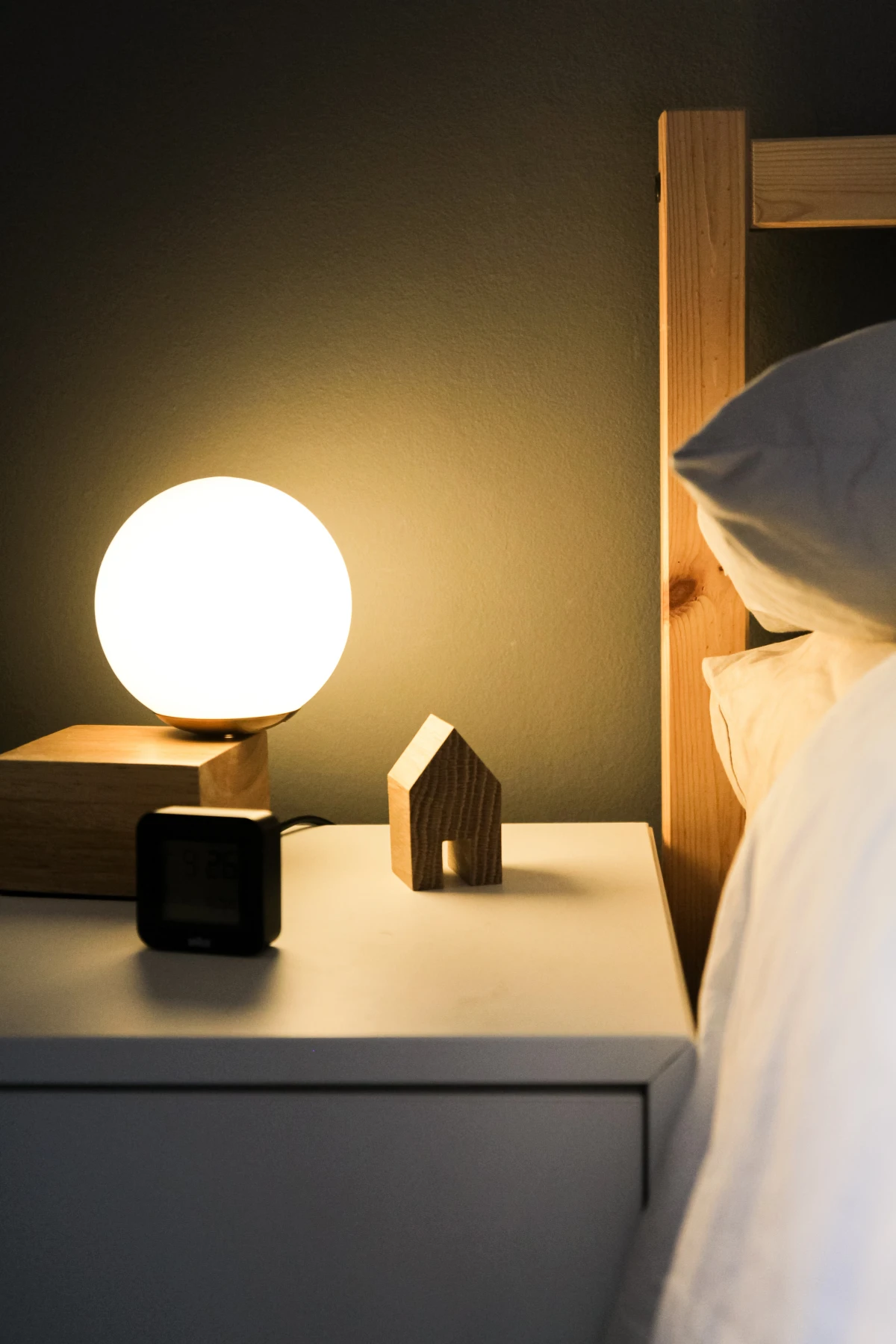
Nearly 75% of people who suffer from restless leg syndrome—a major sleep disruptor—are found to have low iron levels.
While not a cure-all, this highlights how micronutrients can profoundly impact sleep quality. Beyond iron, magnesium is a star player, often called ‘nature’s relaxant.’ It helps regulate neurotransmitters that promote calm and quiet the nervous system. A handful of almonds or a square of dark chocolate in the evening can contribute to your daily intake, or consider a magnesium glycinate supplement, known for its high bioavailability and gentleness on the stomach.
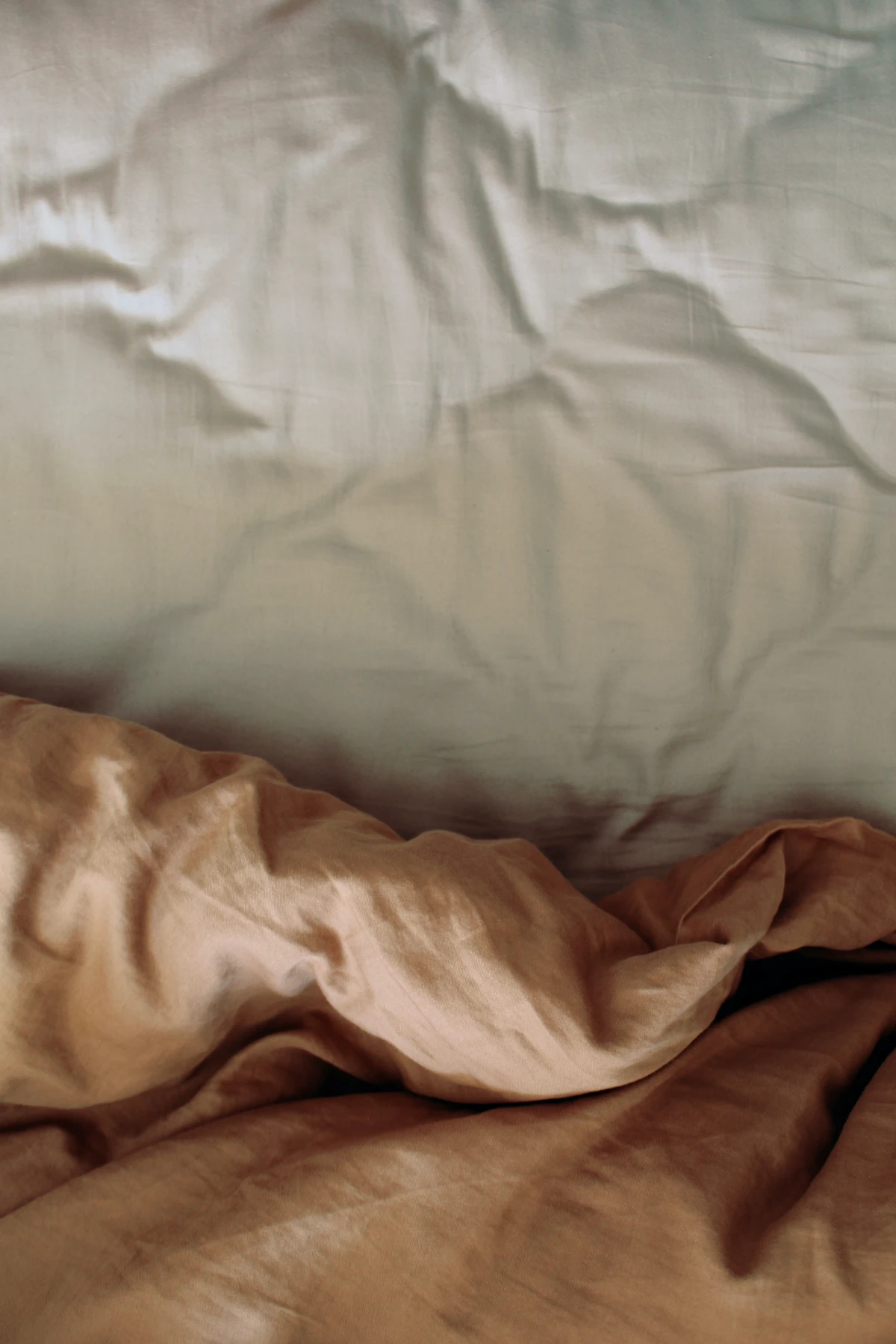
Creating a sensory cue can be a powerful signal to your brain that the day is over. Think beyond just turning down the lights and consider a ‘scent-scape’ for sleep.
- Lavender: The classic choice, clinically shown to lower heart rate and blood pressure.
- Roman Chamomile: A gentle, apple-like scent that soothes irritability.
- Bergamot: Surprisingly, this citrus oil can calm an anxious mind without being stimulating.
Use them in a high-quality ultrasonic diffuser, like those from Saje or Vitruvi, starting it 30 minutes before you head to bed.
Option A: Low-Blue-Light Bulb. These specialized amber-hued bulbs, like those from SomniLight, are designed to filter out 100% of the blue light spectrum that suppresses melatonin production. They are perfect for a bedside reading lamp, creating a deeply calming, almost campfire-like glow that won’t interfere with your body’s sleep signals.
Option B: Smart Bulb. A bulb like the Philips Hue allows for total customization. You can program a ‘sunset’ routine that gradually shifts the light from a soft white to a warm, dim red over 30 minutes, mimicking the natural transition to night. While less absolute than an amber bulb, its versatility for daily use is a major plus.










